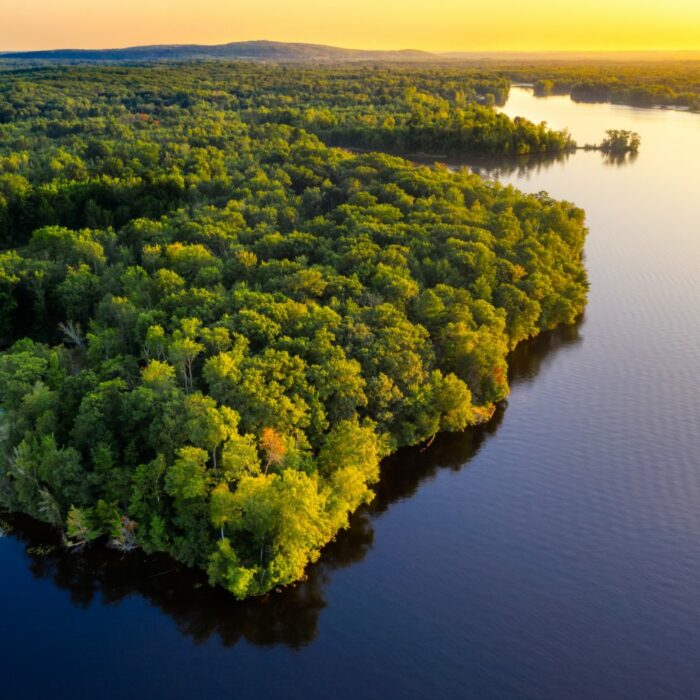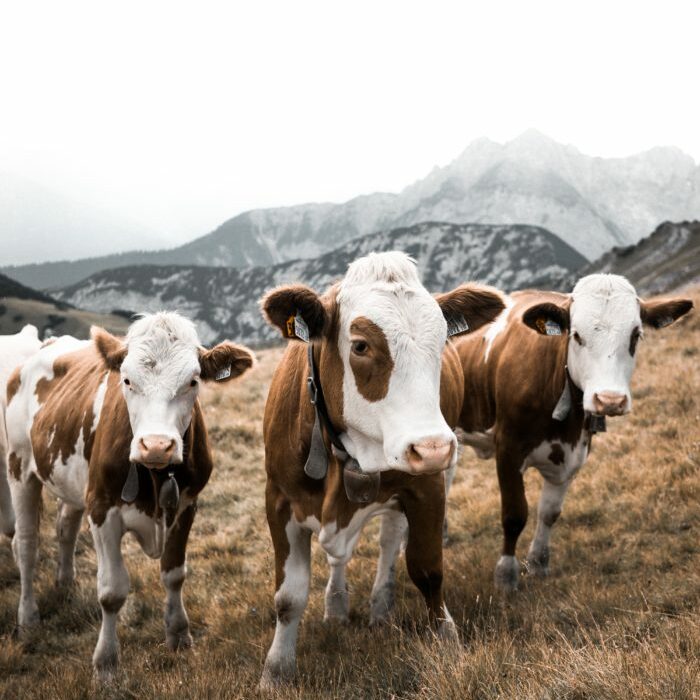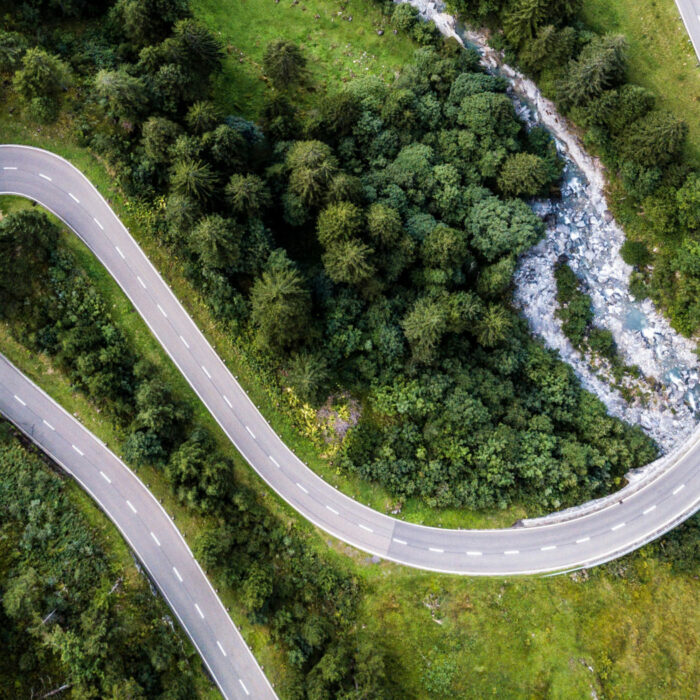1.
How much wild nature do people need?
Good question! Since the 1970s, contemporary scientists have observed that natural landscapes begin to lose critically needed life-support functions after more than approximately 50% of the landscape is destroyed. For fragile ecosystems, like rainforests, that number can be a lot higher – in the range of 75-80%.
Without the life-support functions of these landscapes, local human populations suffer. And as more of the Earth is overdeveloped, the consequences for humans are no longer limited to the local, and are now beginning to be felt on a planetary scale.
Read More:
Odum, E.P. and H.T. Odum. 1972. Natural areas as necessary components of man's total environment. In Transcript of the 37th North American Wildlife Resources Conference. Wildlife Management Institute, Washington, DC. pp. 178-189.
Noss RF, Cooperrider A. 1994. Saving Nature’s Legacy: Protecting and Restoring Biodiversity. Island Press.
Dinerstein et al. 2017. “An Ecoregion-Based Approach to Protecting Half the Terrestrial Realm.” BioScience, Volume 67, Issue 6, June 2017, Pages 534–545.




